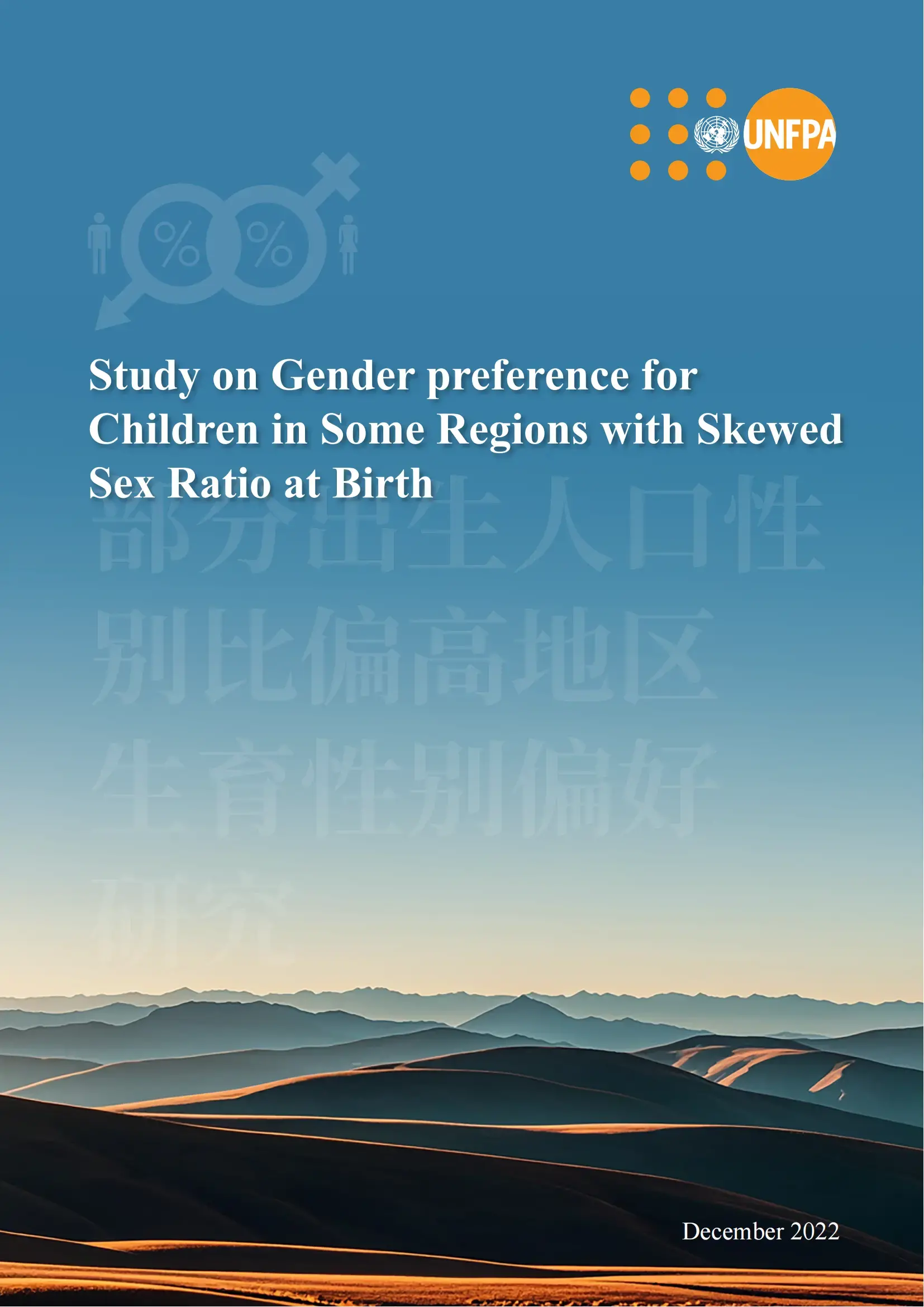In 2020, eight provinces had abnormally high sex ratios at birth (SRB), slowing national normalization. Gender preference is the root cause. This study uses mixed-method approach, including Seventh Population Census data and qualitative research, to analyze SRB and gender preference in these provinces. It is found that the persistently high SRB in first and subsequent birth orders and in townships collectively pushed up the SRB in these provinces. The post-80s and post-90s, who are more rational in their childbearing decision-making have a weaker preference for son, while the traditional gender roles and patriarchal customs remain, and older generations still have a strong preference for young generations. The decision-making process of childbearing has shifted from the ‘family-based’ to ‘family and individual-based’. Fetus sex identification and selection technologies are accessible. The influence of older generations on their offspring contributes to sex-selective behaviors. The study reveals new SRB trends, gender preference dynamics, and proposes policy suggestions for alleviating son preference and social norm change.


